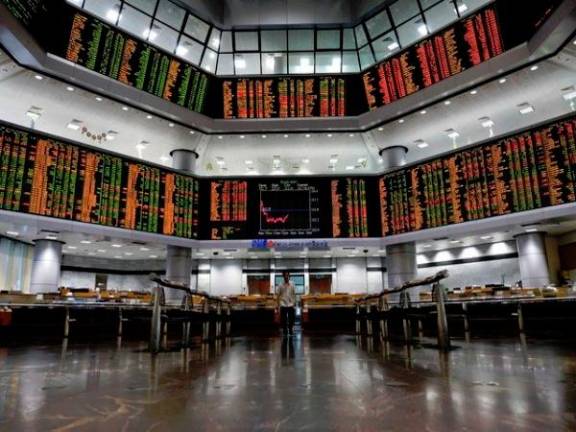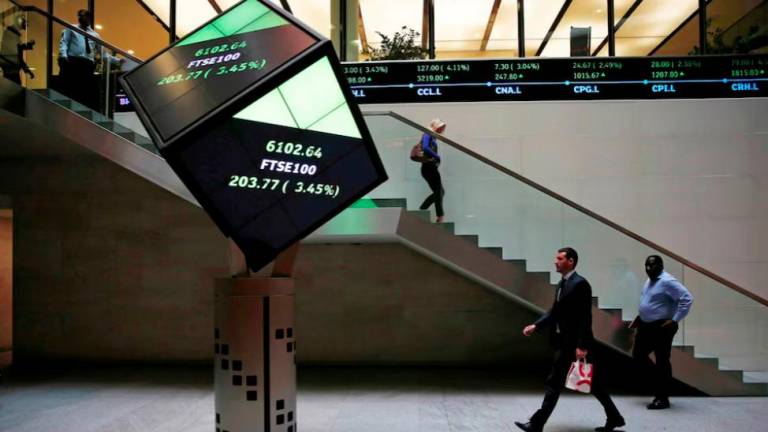PETALING JAYA: Malaysia’s capital market registered two consecutive months of net inflow of foreign funds with a net gain of RM3.8 billion in the first quarter of 2019, driven by foreign debt holdings in March.
“March’s improvement was primarily attributable to a net increase of Malaysian Government Securities (MGS) (RM1.4 billion increase) and Malaysian Government Investment Issues (GII) (RM1.3 billion increase), reflecting a robust demand and appetite on government papers,” said Kenanga Research.
The foreign holdings share of total MGS and GII rose to 38.7% and 5.8% respectively in March while foreign holdings of private debt securities (PDS) declined marginally by 0.1% month-on-month (m-o-m) to RM13.5 billion while its share of total PDS stood unchanged at 2%.
Last month, foreign investors remained net buyers of Malaysia’s debt securities with total foreign holdings rising by RM2.9 billion or 1.6% m-o-m to RM190 billion. The share of total foreign holdings of Malaysia’s debt expanded to 13.3%.
Meanwhile, foreign funds were net sellers on the equity market with a net outflow of RM1.6 billion. Collectively, this resulted in the RM3.8 billion net gain from net inflow of foreign funds in the first quarter, which supported the ringgit despite concerns of growth slowdown.
Kenanga Research expects the risk of capital outflow to persist on heightened uncertainty surrounding the ongoing US-China trade talks, US Fed dovish signal, Brexit and the growth moderation in major economies particularly the Eurozone.
“However, an expected maturity of RM70 billion in the federal government debt, out of which 25% will be redeemed in the first half of the year, would pose a lesser risk on the bond market compared with last year,” it noted.
“This is because the market is supported by the robust demand for government bond especially the 10-year MGS yield which is trending below 4% level. Against these developments, the average yield spread of the US 10-year Treasury note and the 10-year MGS narrowed in March to 127 basis points (bps) from February’s 130bps,” it added.
Kenanga Research said there is a risk of further outflow of capital going forward, with the market already factoring in that Bank Negara Malaysia (BNM) is leaning on a rate cut.
However, it believes that BNM will hold rates steady as long as it can as risks to the downside are still manageable; with a 50% chance of BNM raising the overnight policy rate (OPR) at its next meeting in May.
BIMB Securities Research said an eventual OPR cut may not add much momentum to the current rally, unless BNM cuts the rate and maintains its dovish-biased tone.
“We believe that the current MGS yields, after a 30-50bps decline since December 2018, are becoming unattractive to local investors as many are absolute yield seekers. However, there is still strong domestic demand for local bonds,” it said.
It noted that auction results have shown higher cover ratios in the auctions conducted year-to-date. In terms of supply, the total issuance of ringgit bonds saw little change from 2018.
“Meanwhile, the Fed’s recent dovish pivot and similar rhetoric across other central banks in developed markets could continue to support risk-on sentiment and portfolio flows to emerging market debt even though there have been signs of weaknesses in regional currencies against the US dollar,” it added.













